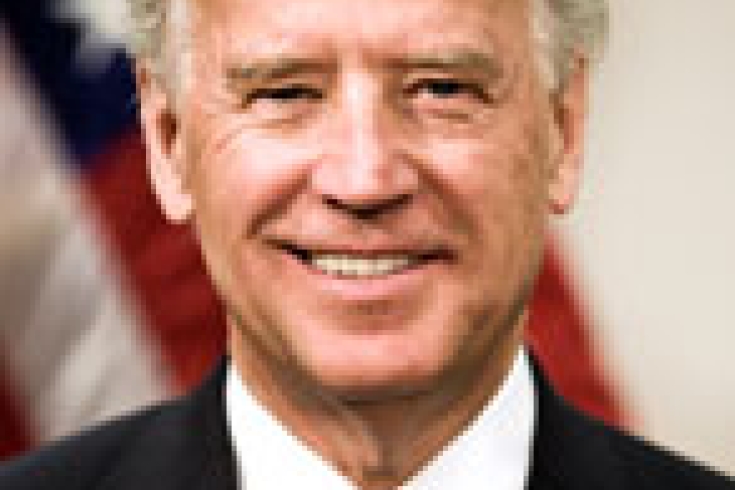CTBT in the limelight at the Carnegie International Nonproliferation Conference
The plenary meeting of the Carnegie conference.
“To achieve a global ban on nuclear testing, my Administration will immediately and aggressively pursue U.S. ratification of the Comprehensive Test Ban Treaty. After more than five decades of talks, it is time for the testing of nuclear weapons to finally be banned.”
Vice-President Biden to lead efforts aimed at U.S. ratification

U.S. Vice-President Joseph Biden is to spearhead efforts aimed at the CTBT's ratification by the U.S. Senate.
Special panel on the future of the CTBT
From left to right: Daryl Kimball, Dr. Sidney Drell, Ambassador Tibor Tóth, Ambassador James Goodby
“The need for testing, I believe, has been put to sleep.”
CTBTO Executive Secretary Tibor Tóth: "No test of military significance can go undetected."
“It’s going to take a while to talk it through with each Senator, one by one, but in the end we will succeed.”
Special Briefing on "Contributions of the United Nations System in Advancing the Entry-Into-Force of the Comprehensive Test-Ban Treaty"

Image courtesy of the Global Security Institute.
8 Apr 2009